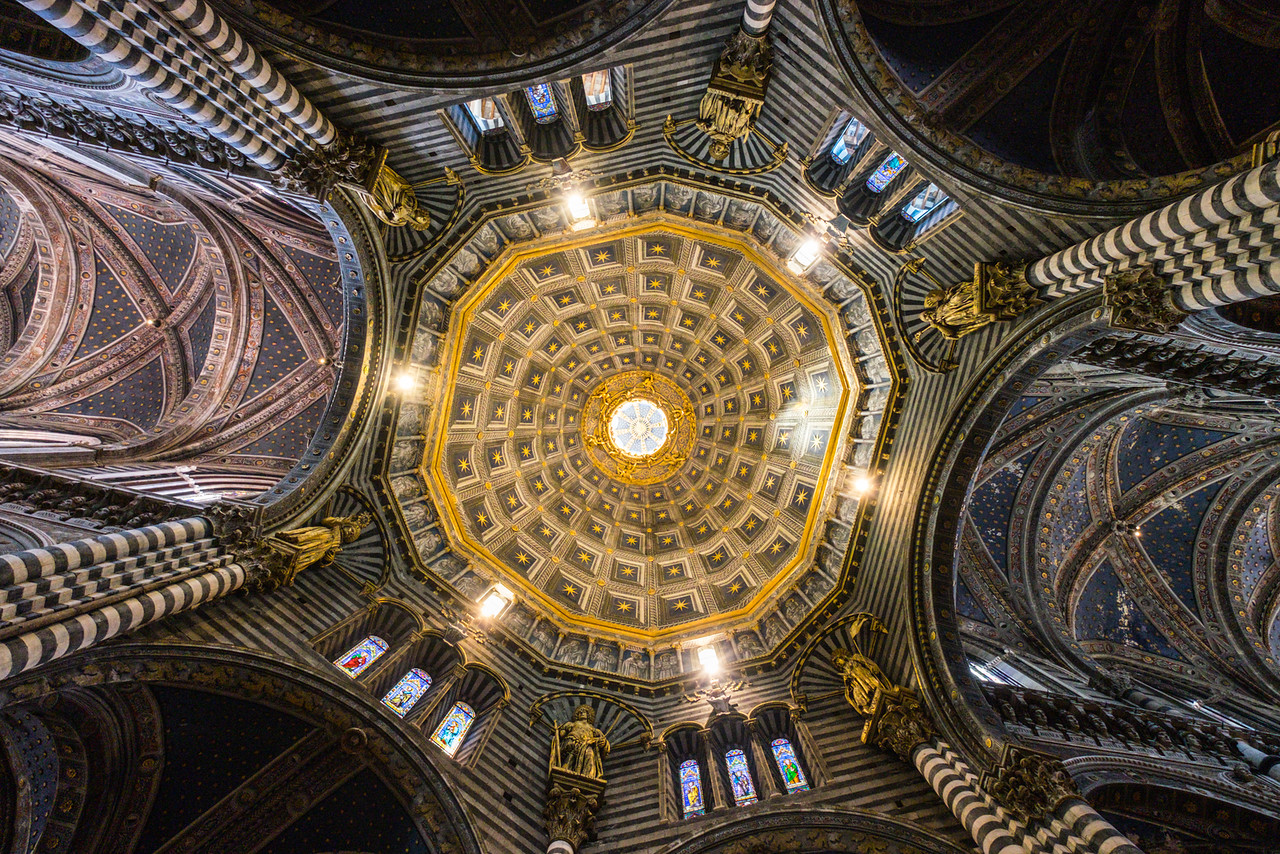What's wrong with STEM and right with the Quadrivium?
13 Feb 2016So I've been touring middle schools in Seattle, a bunch of them, and one thing kept sticking out at me. I'd walk into these classrooms, look around at the 6th grade kids staring at or huddling around their laptops, and look at the dry eraser chicken scratch on the whiteboard, and think to myself, man, I feel like I'm in the office. It felt like there was potential for a lot of distraction with all the tab-filled screens, and looking at the notebooks or rather, scraps of paper lying around, a lot more chicken-scratch too.
The complete contrast to this was in the Waldorf School. I wanted to find something different, something that wasn't in a rush to push tech this and STEM (Science, Technology, Engineering, and Mathematics) that on these young children. Walking through Waldorf I saw blackboards with beautiful detailed drawings, pieces of art really. And where were the computers? 'We think those can wait until high school' - okay, I think I agree. Instead, I looked around and saw notebooks on the desks. But not everyday scribble, these things were works of art, and each page was filled with beautiful handwriting and hand-drawn images of ancient pharaohs or mythological archetypes.
My dilemma here is, how do I convince my kid to like the Waldorf school. No seriously (ok that was kinda serious), it's figuring out how I feel about this rush to STEMify our children, my children. Actually I already know how I feel about it - it's not that I'm against STEM, that would be silly. No, rather, it feels very, unbalanced, rushed. Like the eagerness to augment the human brain with bio-tech before we even understand or the relationship of the mind to the entirety of the brain and body system. These kids are just now starting to learn about the human psyche and their own selves and relationships, I'd rather see them focused on that for a while first before rushing off to the world of objectification.
A friend who's a renowned quantum physicist and professor at the University of Washington once said to me - "good science needs good philosophers". The thing that matters above all else in our world, the most important thing, being relationship. That quote represents the relationship between two people, and two perspectives - scientist and philosopher, or artist. Myth describes these relationships, our relationships.
STEM, seems to be eager to move past this part of the story. This story is seen in our art, the mysteries, the philosophies and the theologies. It's art that shows us where we are in time, how we relate to each other and the world, the perspectives that exist. We have a compulsive, addictive maybe, tendency to identify ourselves with the gadgets and technologies of our time. Because, going outward, is so much easier than going inward. A man can spend his whole life studying an objective reality outside himself, and never go inward, never know himself and how he relates to others. And a person like that can even lead the world, and change it.
There was Plato's Quadrivium, or Pythagoras's. The Quadrivium was a basic educational structure that consisted of Math, Music, Astronomy, and Philosophy. Thales, and Pythagoras through Plato brought us the Western mindset, they brought us science and philosophy, and for them the two were never separate, they were intertwined. It was a way of life to think, self-reflect, and study science. There was a grand purpose in the mystery schools of those times, how mathematics was somehow representative of fundamental constructs or forms in reality, and that meditation and sensory deprivation were tools to shed the super-chatty ego-self for a period long enough to let us feel and experience our connection to the oneness of all things - to re-calibrate and tune our minds and souls.
So for me, I would like my kids to get a core background in music, art, and philosophy, to gain more perspective and expression of themselves and the world, and following that move into the education of hard sciences if they want. The good stuff comes when the humanities, arts, and sciences are working together.
